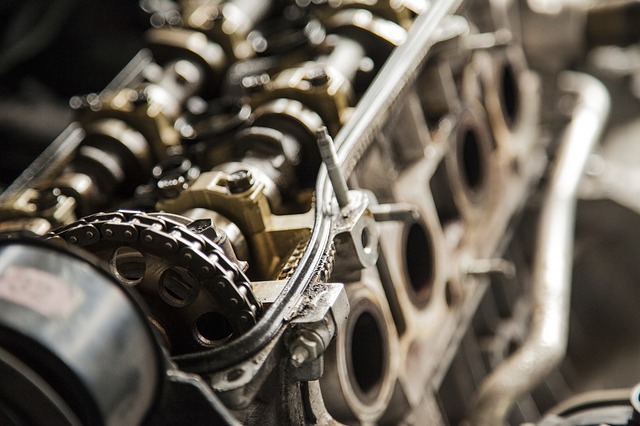The evolution of Ultra precision machining has simply revolutionized the manufacturing and the process based industries. This technology has enabled manufacturers and processors to impart the highest efficiency in their routine chores, enabling them to serve the best in class products that feature the finest patterns.
The evolution of Ultra Precision Machining
To understand this concept, one needs to recall the concept of “High precision” involved with conventional machining. This generally refers to the tolerance coming in the one-digit micron range. Machinists in this regard talk about the range in 1/10000 of an inch. In the top traditional machining processes, one can avail the best grinding value in the extent if 0.1 Um. To the contrary, Ultra machining precision, like Swiss precision machining, has the potential to produce accuracy to a much higher extent. Here, the workpiece spindle can hit 18,000 RPM, while the Milling Spindles can rotate at the range between 15000 to 50000 RPM, while the Workpiece positional accuracy can get to the range of 1 Micron linear. As these errors are repeatable, usually software is applied to reduce its extent by factors of 10. The evolution of this technology was initially concerned with the optical industry. However, it took the least time to embrace other domains of manufacturing activities.
What are the benefits of adopting this modern technology?
Today, Ultra precision machining had embraced all types of manufacturing and production activities, as that of Swiss machined parts. The process has changed the usual notion and perceptions with these activities to a complete extent. This cutting-edge technology offers a plethora of benefits, some of which are discussed in the paragraphs underneath:
- A significant reduction in the production time: As this modern technology can reduce the average turnaround time in completing any machining task; it has reduced the overall production time by a significant margin. This enables producers and manufacturers to produce more volume within the same time, thereby enabling them to step-up the production volume.
- Optimizing production efficiency: As the process is capable of minimizing the waste of materials and achieving the highest precision as per the engineering drawing, it enhances production efficiency. The most significant benefit in this regard is that companies can reduce their production cost, and thus, they can offer better products at a competitive price.
- Minimizing risk factor: As the process is completely automated and reduces manual aspects, it automatically reduces the chances of injuries to the operators, as obvious in the manual machining process.

